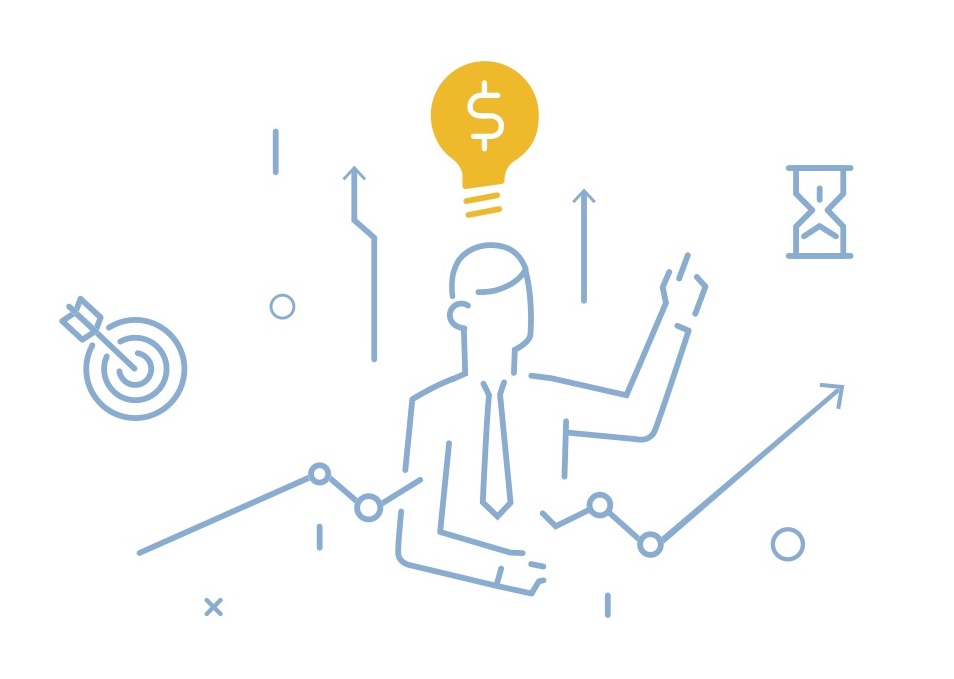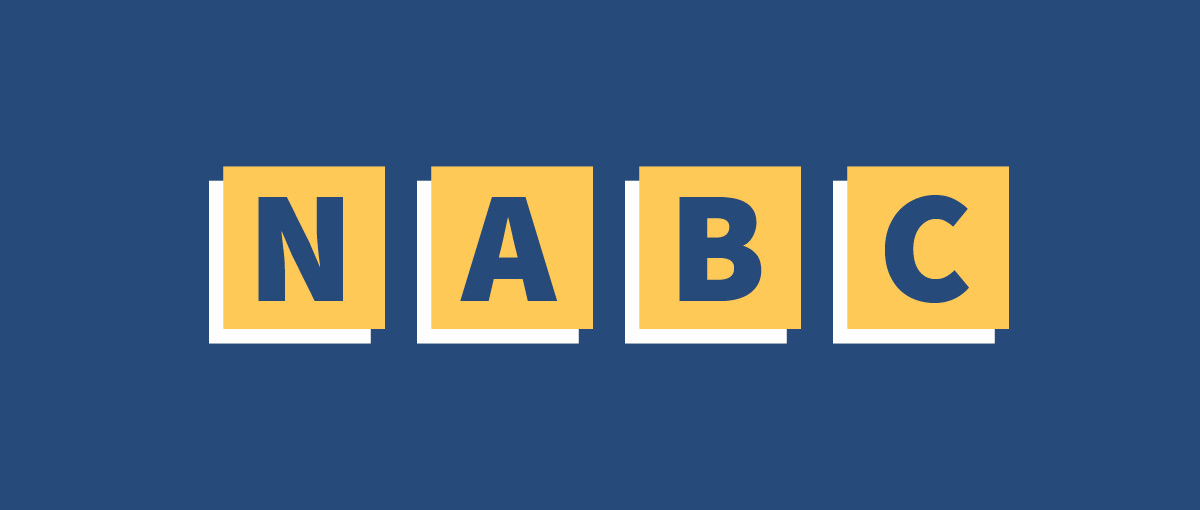89. Jeff Booth: How Entrepreneurs Can Harness The Power Of Technological Deflation
What is technological deflation, and how can entrepreneurs take advantage of it? By combining already available and easily accessible technologies to facilitate the accelerated information flows that constitute value in the 21st Century: higher quality, faster speeds, lower costs. Jeff Booth explains.
Key Takeaways and Actionable Insights
Technology reduces the labor factor, lowers costs, and frees up time.
These are the components of deflation: less labor and effort for any unit of output, faster speed, lower material costs, and re-allocation of time to from lower to higher productivity activities.
The speed at which this technological change is happening is “staggering” in Jeff Booth’s words, and will accelerate. More and more time will be freed up to allocate to higher uses.
The result is deflation: higher quality for lower cost at faster speeds.
The only reason price deflation is not pervasive throughout the economy is the status quo governmental system.
Federal Reserve money printing, more and more debt, lower interest rates – these are actions designed to drive price inflation. This scheme defies the natural order of technological deflation. It is the great fight of our time, says Booth, to end the inflationary scheme.
But for entrepreneurs, the right action is to embrace and harness tech deflation.
There is tremendous leverage for entrepreneurs in the current economy of technological change.
Jeff uses his “folding analogy”. If you could fold a piece of paper 50 times, it would reach the sun. Technological change is at the early folding stage today, but each new fold doubles the growth rate and the impact.
The way for entrepreneurs to put this folding analogy to work for them is by combining technologies. Several folds at once.
One of Jeff’s examples is Elon Musk. In Jeff Booth’s words, Musk forecast three exponentials: the exponential improvement in battery technology, the exponential increase in the role of software in automotive engineering, bringing information flow into the vehicle, and the exponential improvement in A.I. to bring self-driving features to automobiles. Taken together, these three widely available technologies made Tesla a revolutionary venture, surpassing GM in market capitalization.
The same “crazy opportunities” are available to all entrepreneurs.
We don’t all have to be Elon Musk. The possibility to increase customer value and reduce costs at the same time are available to all entrepreneurs. One of the keys to success is to direct technology towards increasing data capture: more and more data signals to drive deep learning via algorithms, leading to better and better and faster and faster decision-making. Data collection platforms managed with A.I. algorithms can generate the exponential growth that Jeff refers to. Google and Amazon are the examples everyone talks about; but here on E4E, in episode #84, Bob Luddy talked about sensor-based data collection in his CaptiveAire restaurant ventilation systems, feeding performance data back to the central platform for increased learning and improvement. The opportunity is available to all types of business.
Value looks different today than in the past, and it will look different again in the future.
“What will value look like in the future?” is one of the questions Jeff Booth urges all entrepreneurs to ask for themselves and their business.
He cited one example from history: the Blockbuster video rental business. To Blockbuster’s owners and managers, value looked like the convenience for consumers of movie entertainment of 9000 stores across the country, each with a huge selection of videotapes to choose from. Their idea of adding value was to provide popcorn and candy in the checkout aisles. But when Netflix came along, value starts to look different. It’s the convenience of streaming movies directly to your digital TV or tablet in your home or on the go, with constant additions to the offering, both of original content and content from other channels. The 9000 Blockbuster stores no longer look so convenient. Information flow and digitization make value look different.
Another example Jeff cited is the university education business. Traditionally, its value is based on real estate – an exclusive set of physical buildings in one specific place to which students must travel (or rent a dorm room) in order to access an exclusive faculty of high-reputation teachers. Now, with technology and information flow, the core knowledge is accessible anywhere / anytime, and is tending towards free. Offline educational ventures can hire the teachers to make video classes available to the world, and virtual reality will make the experience even more vivid and more enjoyable. The knowledge is the same. Students’ questions are probably the same. The cost structure is totally different.
Three principles for entrepreneurs to facilitate new value in the future.
Given these examples, and given the trends of accelerating digitization, data flow, multiplicative combinations, and algorithmic analysis and intelligence, what are the principles for business to follow to be able to facilitate new value for customers?
1) Aim for 10X improvement in the customer experience.
The rate of acceleration is so fast, and the exponential potential of new combinations of technology is so great, that innovators must aim for a 10X improvement in customer-perceived benefit to command attention, turn heads and dislodge customers from their current choices. (Curt Carlson made the same point in episode #37.)
2) Make your thinking boundaryless.
One of the great restrictions on entrepreneurial creativity is the institutionally and historically imposed tradition of thinking in silos, and thinking that industries have boundaries. Universities have their faculty departments and corporations have their divisions, and they tend to put silos around thinking. But the Elon Musk example of batteries + software + A.I. crosses industry boundaries, technology boundaries, performance boundaries, and financial boundaries. Boundaryless thinking can open up endless new possibilities. Entrepreneurial economics teaches the re-combination of assets, not necessarily the creation of new ones. Busting silos can lead to new combinations.
3) Forecast the exponential.
Where in your frame will exponential change occur? Use your imagination to try to forecast it. The future can’t be predicted but it can be imagined. The challenge is to imagine the next fold of the paper and the next one and the next one; and the next combination of two or three or four or more new technologies. The idea of the exponential can be applied everywhere.
Free Downloads & Extras From The Episode
Value Then vs. Value Now PDF: here.
Get Jeff’s Book The Price of Tomorrow here.
“The Austrian Business Model” (video): https://e4epod.com/model
Start Your Own Entrepreneurial Journey
Ready to put Austrian Economics knowledge from the podcast to work for your business? Start your own entrepreneurial journey.







Leave a Reply
Want to join the discussion?Feel free to contribute!